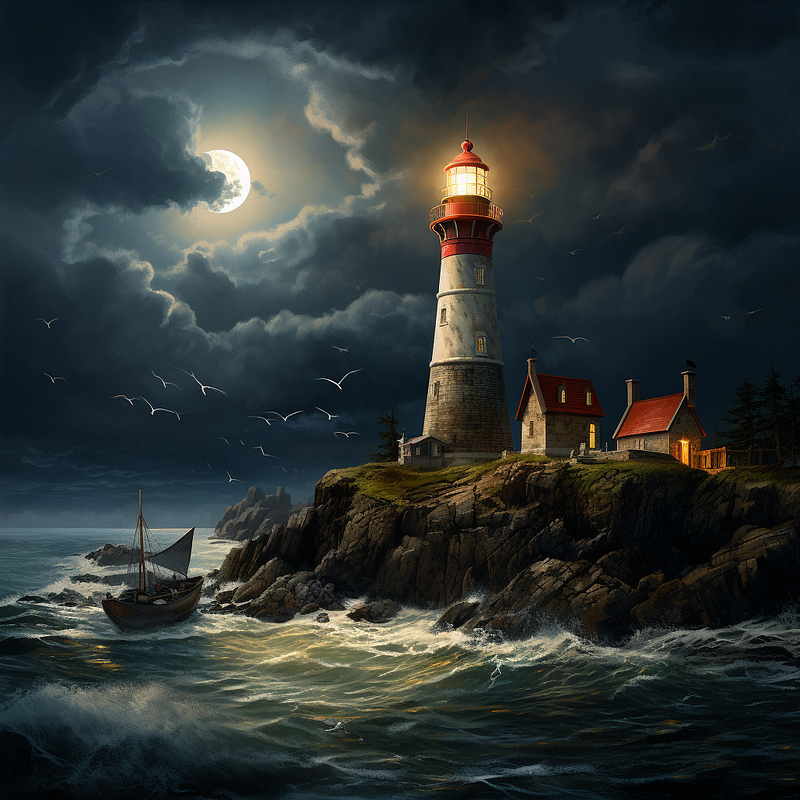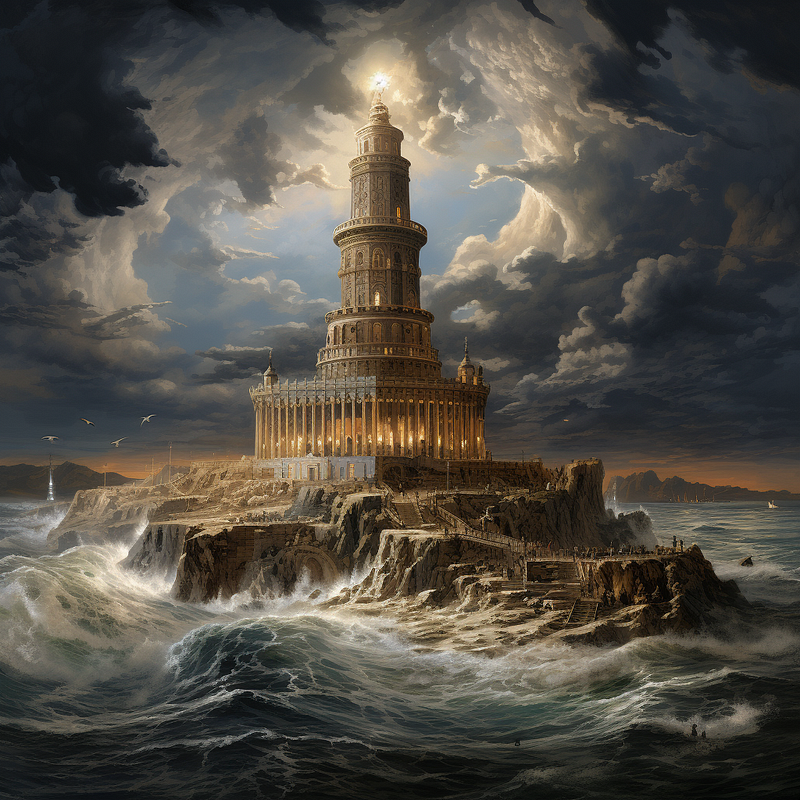Lighthouses: Guiding Lights in a Sea of Imagination
Written on
Chapter 1: The Allure of Lighthouses
My brother and I delve into various intriguing subjects, and this time, we're focusing on lighthouses. You can check out his perspective along with additional articles on our shared platform.
Lighthouses are enchanting structures that hold a special place in our culture, often celebrated in humor, cinema, literature, and our collective imagination. The figure of the lighthouse keeper embodies both romance and heroism, grappling with nature's fury while committed to a mission that benefits strangers—those they may never meet or know by name.

As we journey further, we discover that lighthouses serve as crucial navigation aids, providing recognizable landmarks for sailors, even during storms or on moonless nights. Their concept isn't new; however, modern advancements have significantly enhanced their functionality. The Lighthouse of Alexandria, a marvel of the ancient world, stood over a hundred meters tall and was one of the tallest structures of its time, marking the entrance to a bustling Mediterranean port around 250 BCE. In today's terms, its construction would cost approximately $35 million.

The 18th century saw a revolutionary improvement in lighthouse technology with the invention of the Fresnel lens, which allowed light to be projected over much greater distances. Furthermore, the advent of radio communication enabled lighthouse operators to provide not just navigational bearings but also vital information to help vessels avoid dangers such as reefs. These operators could even reach out to the Coast Guard to aid those in perilous situations.
Lighthouses offer rich narrative potential for fiction writers, with all the elements of a captivating story readily available. The solitude of the keeper's life, their heroic demeanor, and the tension of maintaining the light during storms all present opportunities for drama. Horror writers are drawn to the isolation and eerie atmosphere, while romance authors can explore the loneliness associated with the role. Even children's literature often features lighthouses, as their towering presence and bright lights stimulate young imaginations.
On a grander scale, humanity has created a metaphorical lighthouse by illuminating the Earth with artificial lights and continuous radio signals. Although our transmissions haven't traveled far, it's conceivable that one day we could be detected thousands of light-years away by those listening for our radio waves or observing our night-time glow against the dark backdrop of the universe. We are essentially broadcasting our existence across the cosmos, declaring, "We are here!" But are we also sending a warning? Perhaps our signals convey a cautionary message, akin to a "wet floor" sign, suggesting, "We are here, please tread carefully." Given the lack of a unified message, the interpretation of our signals is left to the observers.
My brother's accompanying piece is a beautifully crafted poem.
Chapter 2: Discovering Abandoned Lighthouses
In our exploration of lighthouses, we come across some fascinating ventures.
In the video titled "We paid $200,000 for an abandoned lighthouse! Our first time inside Wolf Trap Lighthouse!", the creators embark on a thrilling journey to explore the history and secrets of an abandoned lighthouse, shedding light on its past and the stories it holds.
Another captivating video, "Exploring an Abandoned Light House from the 1800's (VERY Creepy)," takes viewers on an eerie exploration of a historic lighthouse, highlighting its haunting beauty and the mysteries that linger within its walls.